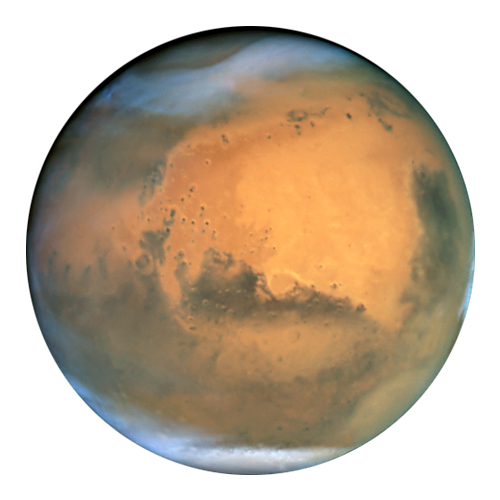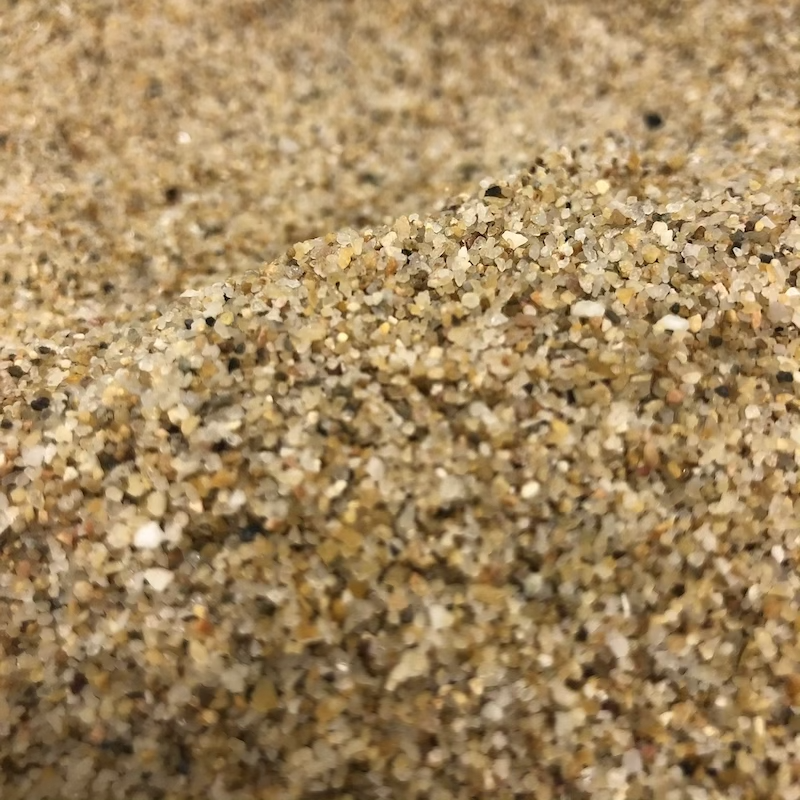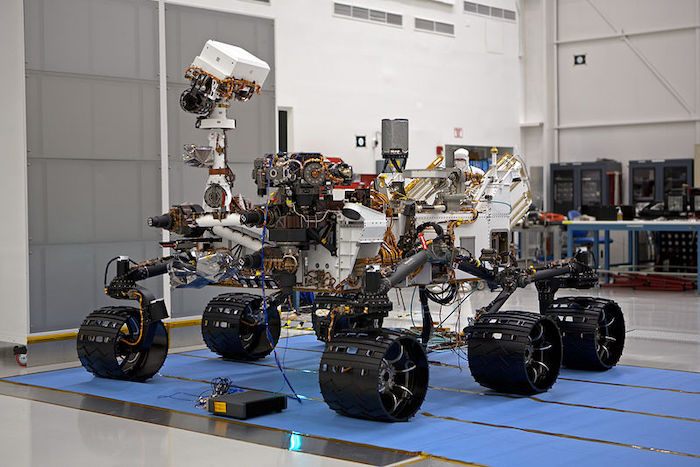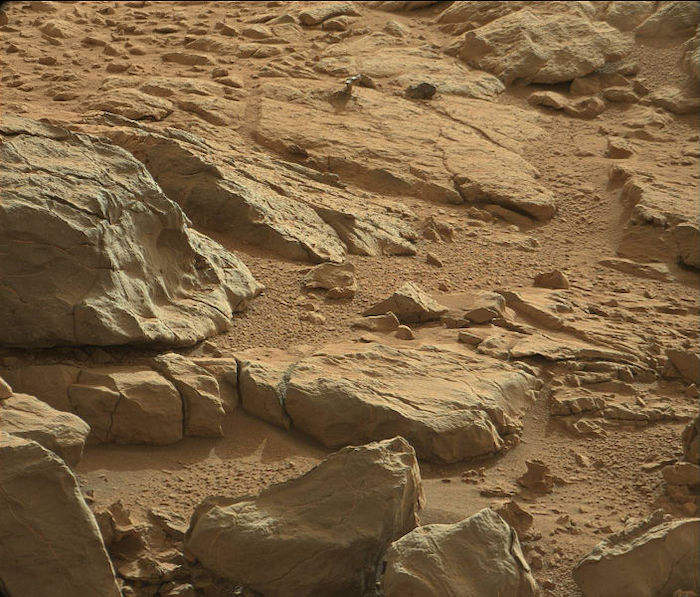
Parts of the world are gearing up for a summer season filled with days at the beach, so it’s no surprise if sand happens to be on your mind. In that case, you’re probably thinking of sand here on Earth. However, research into the behavior of sand and sediment on Mars could potentially help scientists better plan missions to the planet — and tell us what’s with all of those dunes.
Our Fascination with Mars
There is a lot about Mars that we have been wondering about since Galileo first spotted the tiny red planet through a telescope in 1610. Is there life there? Has there ever been? How hot does it get? Does it undergo volcanic eruptions and seismic events?

Mars, the fourth planet from the Sun in our Solar System. Image by NASA and in the public domain via Wikimedia Commons.
These uncertainties have, over time, manifested in art and popular culture. For instance, in the 1959 novel The Sirens of Titan by Kurt Vonnegut, wealthy people easily travel to Mars and converse with “martians”. Also, in 1971, David Bowie released a song called “Life on Mars”. Even recently, the 2011 novel and 2015 film The Martian detail the life of an astronaut who is left behind during a mission to Mars and battles for survival.
Thanks to developments in space exploration, we have more than just songs and books to turn to. In the 1960s–70s, NASA launched exploratory missions to land on and photograph the mysterious planet. They resumed efforts in the 1990s–2000s with a series of orbiters, rovers, landers, and probes.
The Curiosity rover (left; image by NASA and in the public domain via Wikimedia Commons) photographed rocks on the surface of Mars (right; image by NASA and in the public domain via Wikimedia Commons).
In 2011, the Curiosity rover discovered rocks on Mars’ surface that could have only formed in water. This breakthrough discovery suggests that there have been habitable environments — possibly even life — on Mars at some point in time!
Digging for Answers About the Behavior of Sand on Mars
Although life on Mars would be exciting to discover, researchers at the University of Arizona Lunar and Planetary Lab had their sights set on a different topic: How does sand behave on Mars? How does this differ from sand’s movement on Earth?

Researchers, using the High Resolution Imaging Science Experiment (HiRISE) camera, investigated the migration patterns of sand dunes on Mars; specifically, how fast they move and by how much. HiRISE, part of NASA’s Reconnaissance Orbiter, helped the research team analyze nearly 500 dunes ranging in height from 6 to 100 feet. They used the images generated by HiRISE to create digital topographies of Mars’ dune fields.
The results showed that the sand on Mars moved the quickest and by the largest amounts in three distinct areas:
- Syrtis Major
- Hellespontus Montes
- North Polar Erg
These areas have two factors in common: temperature and drastic transitions in surface topography. The topography for all of these regions contains both rippled surfaces and abruptly occurring brinks. These sharp features cause high-speed winds, and in turn, sand movement. In terms of temperature, the regions experience severe thermal gradients that cause high winds and highly mobile sand. An interesting note about the research findings is that the elements that affect sand movement on Mars starkly contradict the phenomena that affect it on Earth: vegetation and groundwater flow.
Researching the sand dunes of Mars is useful in aerospace. Scientists can use their understanding of the planet’s topological surface and how its wind and sand interact to better plan exploratory missions. They may also be able to answer some of our age-old questions about Mars, including its potentially habitable environments.
Read More
- Get details about the research discussed in this blog post in the article from Geology
- From Phys.org: “Processes not observed on Earth play major roles in the movement of sand on Mars“





Comments (0)